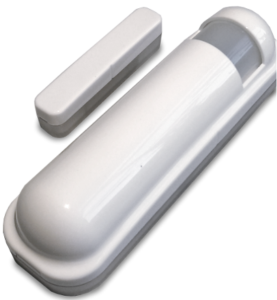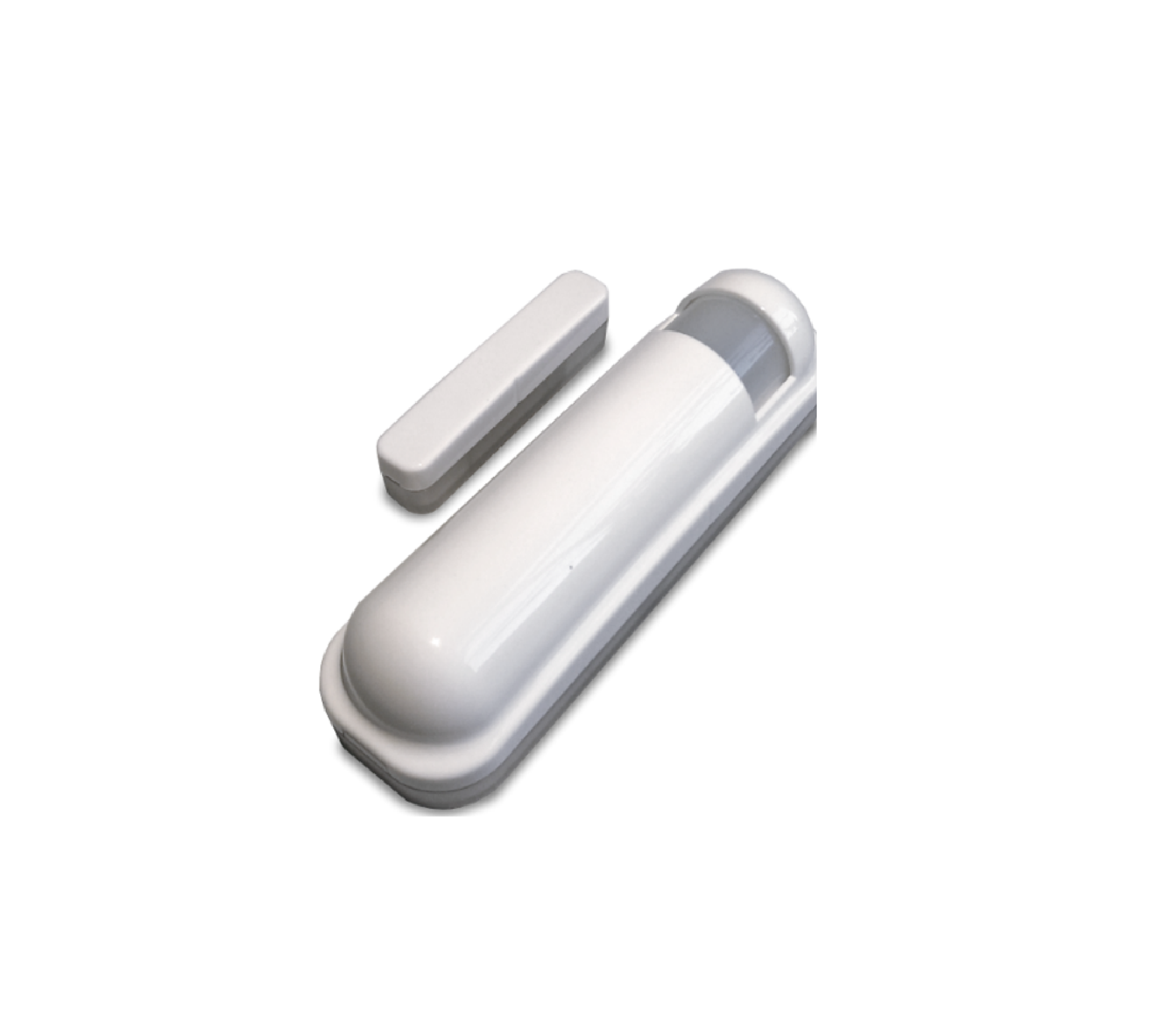Philio Tech PHI_PST02-1A 4-in-1 Sensor Door/Window, Temperature, Brightness, Motion

| Quick-startThis is a Z-Wave Device for Europe. To run this device please connect it to your mains power supply |
Important safety information
Please read this manual carefully. Failure to follow the recommendations in this manual may be dangerous or may violate the law. The manufacturer, importer, distributor and seller shall not be liable for any loss or damage resulting from failure to comply with the instructions in this manual or any other material. Use this equipment only for its intended purpose. Follow the disposal instructions. Do not dispose of electronic equipment or batteries in a fire or near open heat sources
What is Z-Wave?

Z-Wave is the international wireless protocol for communication in the Smart Home. This device is suited for use in the region mentioned in the Quickstart section. Z-Wave ensures a reliable communication by reconfirming every message (two way communication) and every mains powered node can act as a repeater for other nodes (meshed network) in case the receiver is not in direct wireless range of the transmitter. This device and every other certified Z-Wave device can be used together with any other certified Z-Wav device regardless of brand and origin as long as both are suited for the same frequency range. If a device supports secure communication it will communicate with other devices secure as long as this device provides the same or a higher level of security. Otherwise it will automatically turn into a lower level of security to maintain backward compatibility. For more information about Z-Wave technology, devices, white papers etc. please refer to www.z-wave.info.
Product Description
The Philip Multi Sensor is a Z-Wave door/ window sensor, motion sensor, luminescence sensor and temperature sensor in one package. Thanks to this the PST02-1A can be uses as a security device or home automation device, e.g. to send an alarm when a motion is detected, turn the light on/ off automatically at night or to adjust the heater.
The product consists of two elements – the detector and the magnet. The magnet is mounted on the moving part of the window or of the door. The other part is placed on the frame. Note: The illumination sensor does not work with Fibaro Homecenter 2 and Zip box yet.
When included securely the device is able to accept secure commands and to send secure commands to other devices. The commands and the receiver of the commands sent out on single click and on double click of the rocker can be defined in configuration parameters and association groups.
Prepare for Installation / Reset
Please read the user manual before installing the product.In order to include (add) a Z-Wave device to a network it must be in factory default state. Please make sure to reset the device into factory default. You can do this by performing an Exclusion operation as described below in the manual. Every Z-Wave controller is able to perform this operation however it is recommended to use the primary controller of the previous network to make sure the very device is excluded properly from this network.
Safety Warning for Mains Powered DevicesATTENTION: only authorized technicians under consideration of the country-specific installation guidelines/norms may do works with mains power. Prior to the assembly of the product, the voltage network has to be switched off and ensured against re-switching.
Inclusion/Exclusion
On factory default the device does not belong to any Z-Wave network. The device needs to be added to an existing wireless network to communicate with the devices of this network. This process is called Inclusion.
Devices can also be removed from a network. This process is called Exclusion. Both processes are initiated by the primary controller of the Z-Wave network. This controller is turned into exclusion respective inclusion mode. Inclusion and Exclusion is then performed doing a special manual action right on the device.
Quick trouble shooting
Here are a few hints for network installation if things don’t work as expected.
- Make sure a device is in factory reset state before including. In doubt exclude before include.
- If inclusion still fails, check if both devices use the same frequency.
- Remove all dead devices from associations. Otherwise you will see severe delays.
- Never use sleeping battery devices without a central controller.
- Don’t poll FLIRS devices.
- Make sure to have enough mains powered device to benefit from the meshing
Technical Data
| Dimensions | 0.0280000×0.0230000×0.0960000 mm |
| Weight | 39.81 gr |
| EAN | 4713698570163 |
| Certification ID | ZC10-16030003 |
| Frequency | Europe – 868,4 Mhz |
| Maximum transmission power | 5 mW |
Explanation of Z-Wave specific terms
- Controller — is a Z-Wave device with capabilities to manage the network.
- Controllers are typically Gateways, Remote Controls or battery operated wall controllers.
- Slave — is a Z-Wave device without capabilities to manage the network. Slaves can be sensors, actuators and even remote controls.
- Primary Controller — is the central organizer of the network. It must be a controller. There can be only one primary controller in a Z-Wave network.
- Inclusion — is the process of adding new Z-Wave devices into a network.
- Exclusion — is the process of removing Z-Wave devices from the network.
- Association — is a control relationship between a controlling device and a controlled device.
- Wakeup Notification — is a special wireless message issued by a Z-Wave device to announces that is able to communicate.
- Node Information Frame — is a special wireless message issued by a Z-Wave device to announce its capabilities and functions.
(c) 2020 Z-Wave Europe GmbH, Antonstr. 3, 09337 Hohenstein-Ernstthal, Germany, All rights reserved, www.zwave.eu. The template is maintained by Z Wave Europe GmbH. The product content is maintained by Z-Wave Alliance , Certification Team, [email protected]. Last update of the product data: 06.10.2020


References
[xyz-ips snippet=”download-snippet”]


